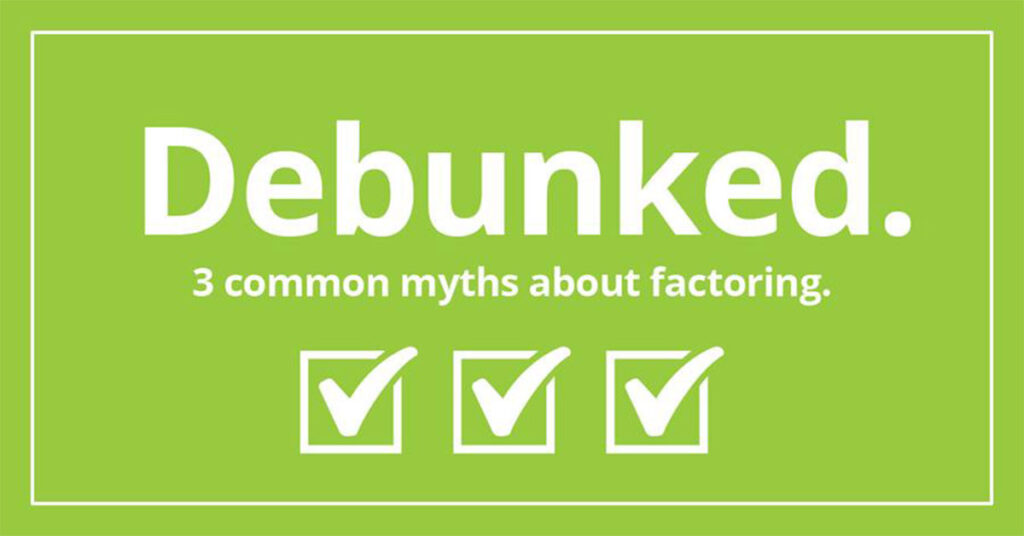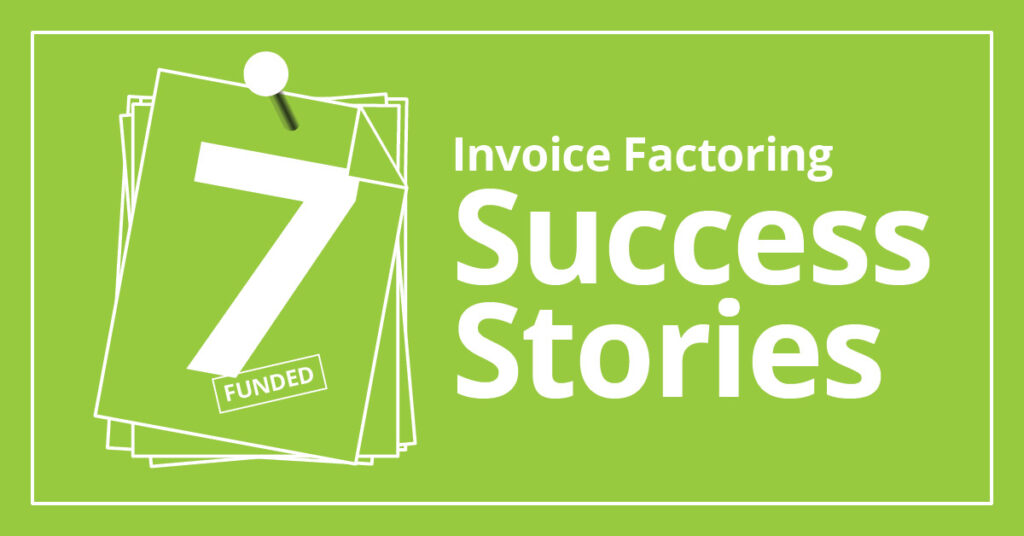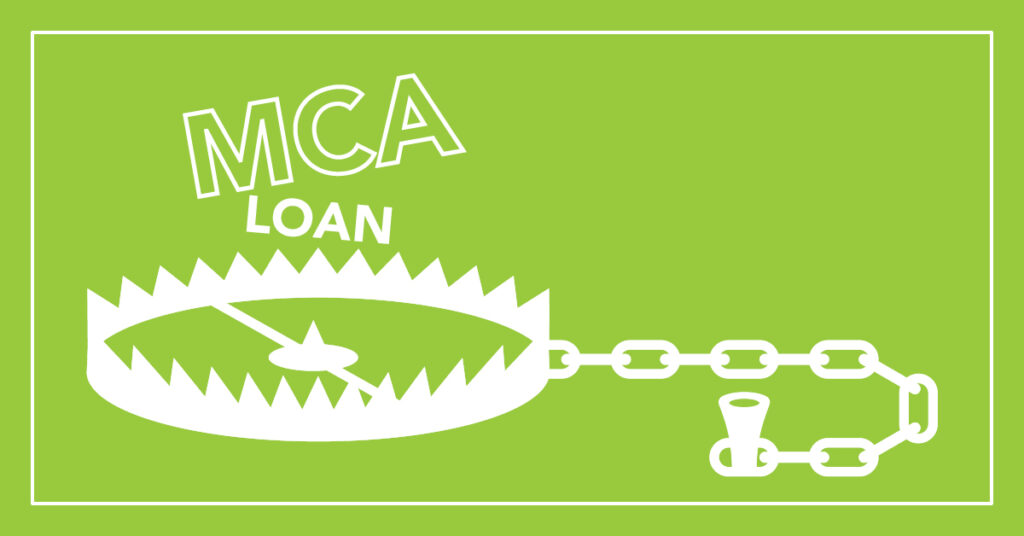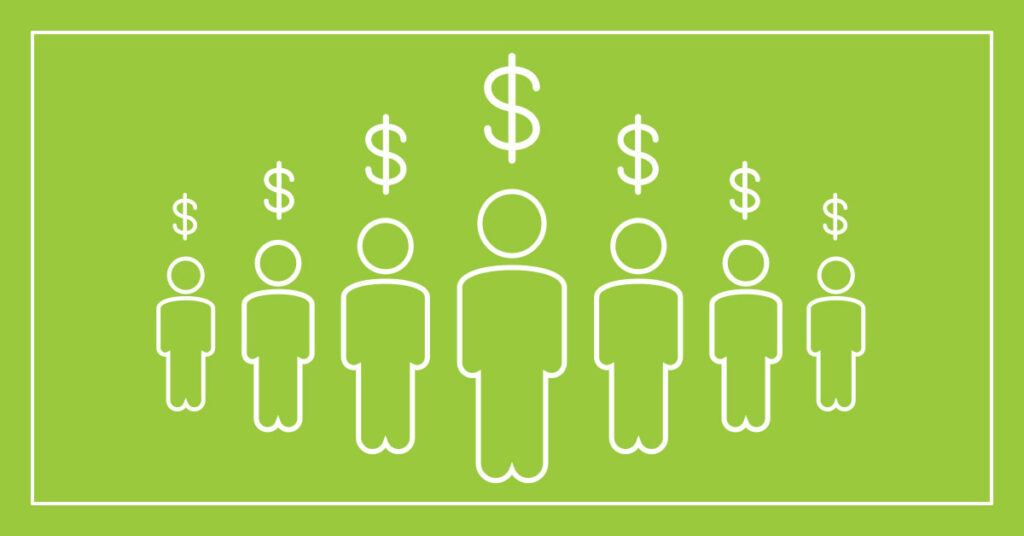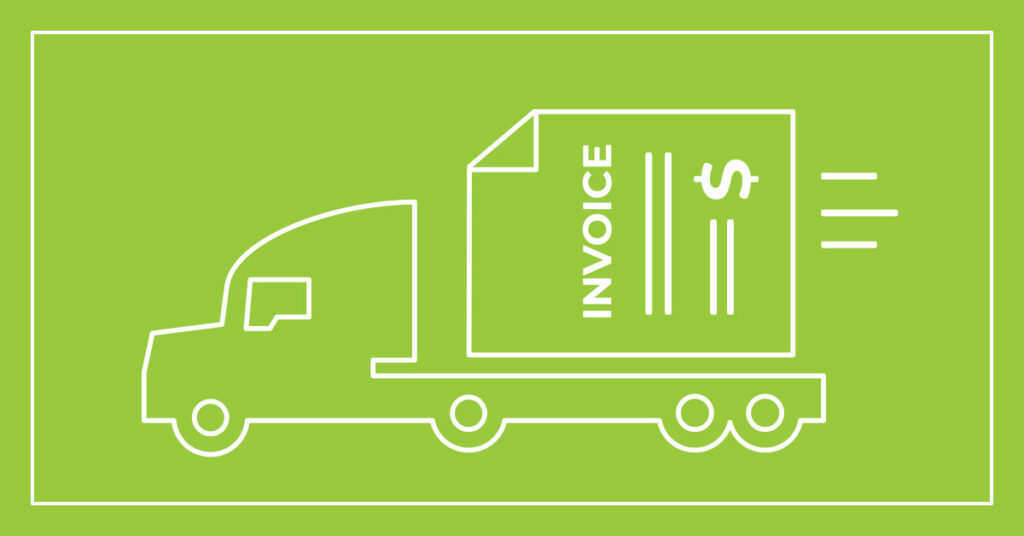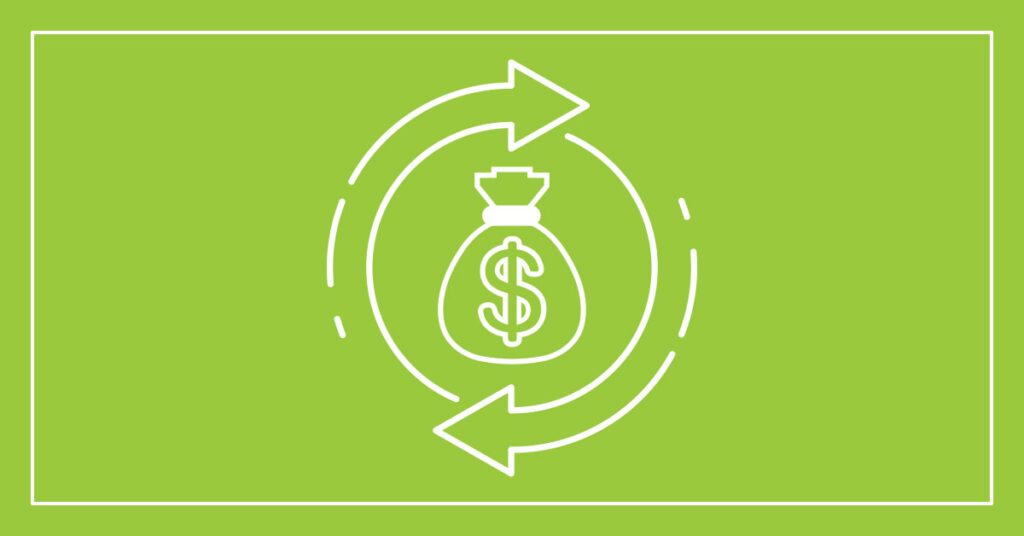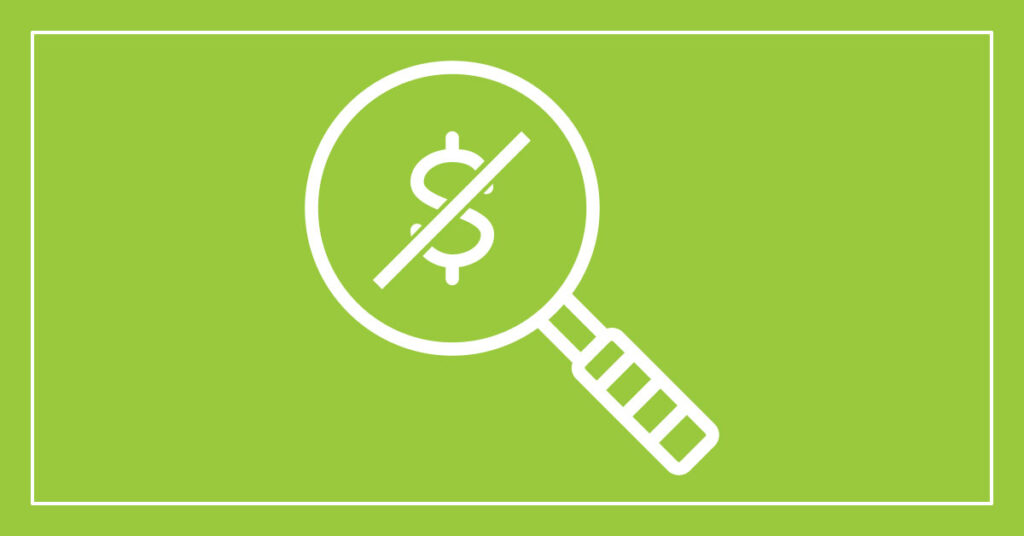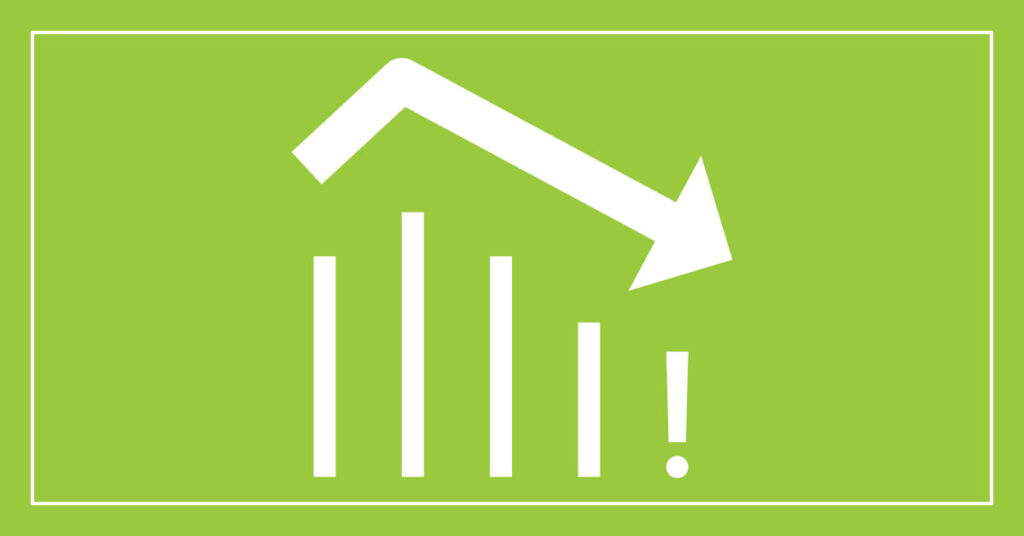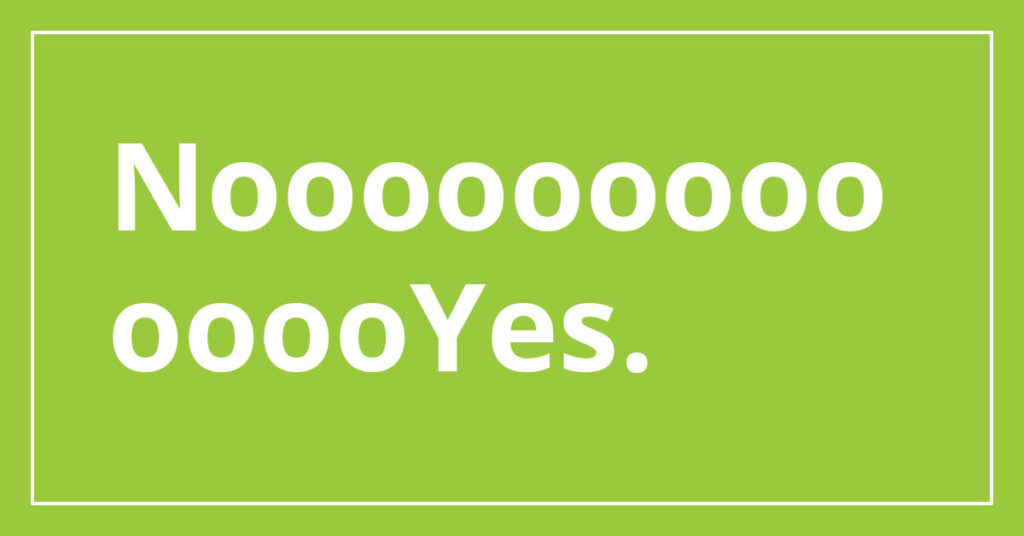FACTORING RESOURCES
Struggling to get financing because of customer concentration? Factoring can help.
Aug 18, 2021
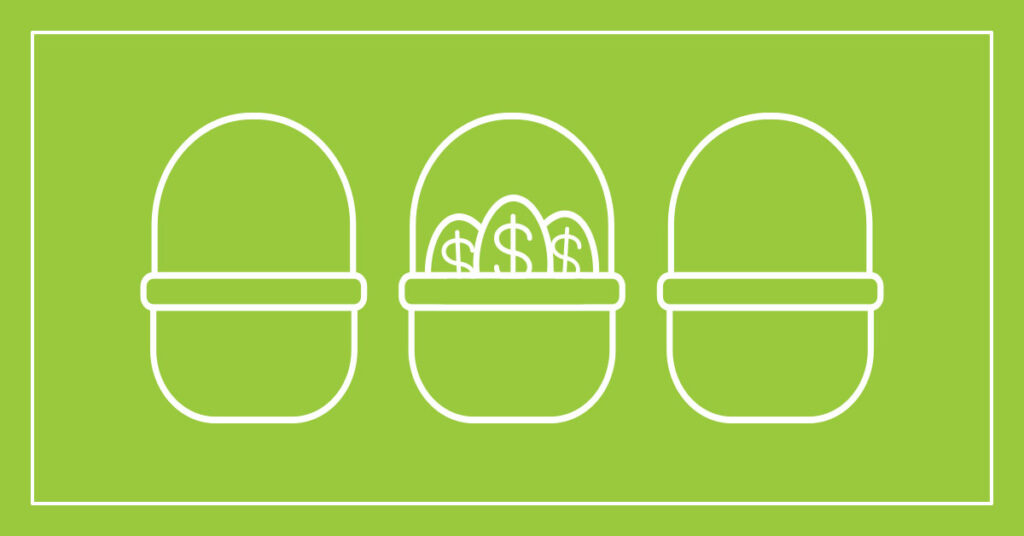
What is customer concentration?
Customer concentration is calculated by determining the percent of accounts receivables that is attributed to each of a business’s customers. If your accounts receivables total is $2.5 million and Customer A owes $500,000, then concentration with Customer A is 20%.
While simple to calculate, customer concentration can have a complex impact on securing financing, making operational decisions, and managing overall business risk. Many businesses start with one or two major customers and know that their limited customer base could be deemed a risk.
However, customer concentration can also become an issue when a company is growing. For example, if a business has a great relationship with one of their customers and that customer wants to purchase more goods or services, it might seem like an easy yes. But if the bank decides the new revenue increases customer concentration too much, it might not provide the working capital needed to finance the additional work.
What does a bank consider as high customer concentration?
Most banks that issue a revolving line of credit want a business to have less than 20-25% concentration with any one customer. For certain debtors who are known entities and have great credit, a bank will allow up to 35% concentration. This usually applies to household names like Amazon.
What are you financing options with high customer concentration?
If your customers have good credit, factoring is one of the best financing options for a company with a small customer base. Factoring even works for single-debtor companies who have only one customer.
Factoring, also known as accounts receivables financing, allows your business to sell your invoices at a small discount and get the cash you need for operations, payroll, taxes, and more. Factoring is not based on the number of customers you have or your business’s credit. Since factoring involves purchasing invoices, it relies on the confidence that the debtor will pay the invoice. In other words, it relies on your customer’s credit.
If you have a line of credit already, but the bank will not increase your credit, factoring can also help. The bank can choose to subordinate a dollar amount of your A/R or certain concentrated accounts to the factoring company to increase availability.
Since you are depending heavily on a customer that makes up more than 20-25% of your account receivables, don’t be afraid to ask for bank and trade references. If you work with a factoring company, they will check this and other business health measures for you. But asking up front, can help minimize risk and ensure they are a trustworthy business who can meet the terms you grant.
Factoring can be a short or long-term financing option. If you grow and diversify, you’ll most likely qualify for a traditional line of credit. But if you stay focused on a narrow list, factoring can help your business with secure long-term financing as well.

